LEARNING A MUSICAL instrument as an adult can seem like an expensive proposition. There’s the cost of the instrument, books and hiring a music teacher – it can all add up quickly.
However, there are many strategies you can use to cut down on those expenses. You can take advantage of an inexpensive instrument, use free instructional materials and even find opportunities for free or low-cost instruction. Here’s how to achieve all of those things.
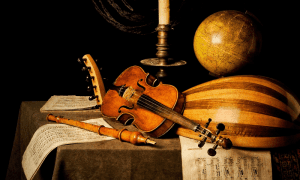
1. Pick an inexpensive and widely used instrument. It will be far less expensive to find a guitar and materials to learn how to play a guitar, for example, than to find a hurdy-gurdy and the materials to learn how to play that hurdy-gurdy.
If you stick to instruments that aren’t overly complex and frequently show up in popular music, such as the guitar, bass guitar, keyboard, ukulele and harmonica, you’ll have an easier time finding an inexpensive example of that instrument and a wealth of free online resources from which to learn.
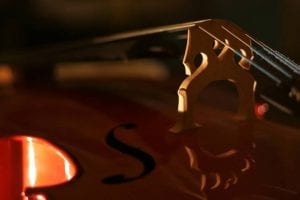
2. Watch Craigslist for bargains on a used instrument. Once you’ve decided on your instrument, start hunting Craigslist and other local bargain websites for that instrument. As suggested earlier, you’ll have a much easier time with this if you pick an inexpensive and widely used instrument to learn. You’ll have an easy time finding a guitar, keyboard or harmonica, for example, as those instruments are often listed on Craigslist and other bargain websites. Try renting as compared to buying its always the better option 😉
Another great place to look for instruments is right here! We have musical instruments on hand at a reasonable price that are perfect for learning.
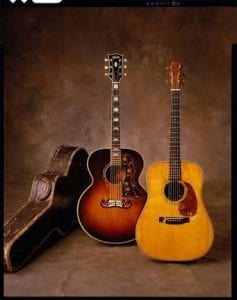
3. Look for video lessons on YouTube. Many great musical instructors have put introductory lessons – and, in some cases, pretty advanced lessons, too – on YouTube in an effort to earn money from the videos themselves, enhance their reputations as music teachers and perhaps attract new students. So, YouTube can be a veritable treasure trove of music teachers and music lessons for all levels. (As mentioned at the start, if you choose a widely used instrument, your selection of YouTube music lessons will be much larger.)
This is a great opportunity to watch a lot of videos and figure out which ones really click with you. Different people tend to learn things better from different styles. For example, some learn well from rote memorization, while others learn better from experimentation. Try different YouTube teachers for your instrument and see what clicks for you.
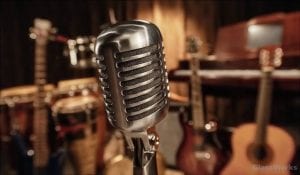
4. Check the community calendar and the calendar at any local music shops. Many communities and local music shops will run “learn to play days,” where they provide free introductory lessons on various musical instruments. They may even offer some information packets and other resources to continue following up on your own. These can be invaluable places to get started.
Music stores sometimes also run free or inexpensive group classes, where groups of people show up for lessons on an instrument all at once. These are often available at a fraction of the cost of a one-on-one lesson and provide wonderful direction for self-learners.
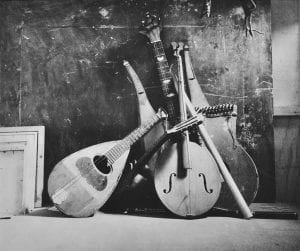
5. Trade your own skills in exchange for lessons. Many music teachers will happily swap lessons in exchange for a service that they would otherwise pay for. For example, if you have skill in home repair or carpentry, you may be able to trade your skills to that person in exchange for a set of music lessons. Perhaps the local music teacher needs a website or a social media presence that you could manage for them in exchange for lessons.
Talk to a few local teachers about this, particularly if you have skills to market, and see if there’s a mutually beneficial arrangement that you could both find value in.
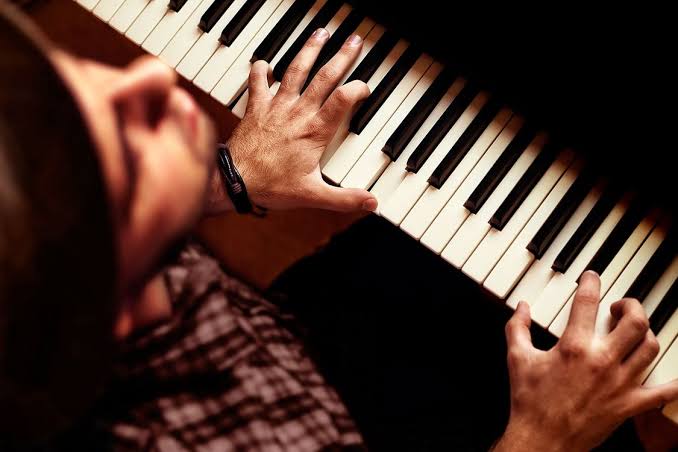
6. Hit every used bookstore in your area. Used bookstores often have a big pile of music instruction books on most common instruments, usually for sale for just a dollar or two. There are many great books out there that are useful for learning an instrument. You don’t need a brand new book to learn how to use an instrument that’s been available for hundreds of years.
Since these books are so inexpensive, you can pick up several introductory titles and see which ones work best for you. One good option is the Alfred’s series of books, available for many musical instruments.
Whatever route you choose, keep one thing in your heart: This is supposed to be fun. It doesn’t matter how well you’re doing it as long as you’re enjoying yourself. Good luck!
Also published on Medium.
